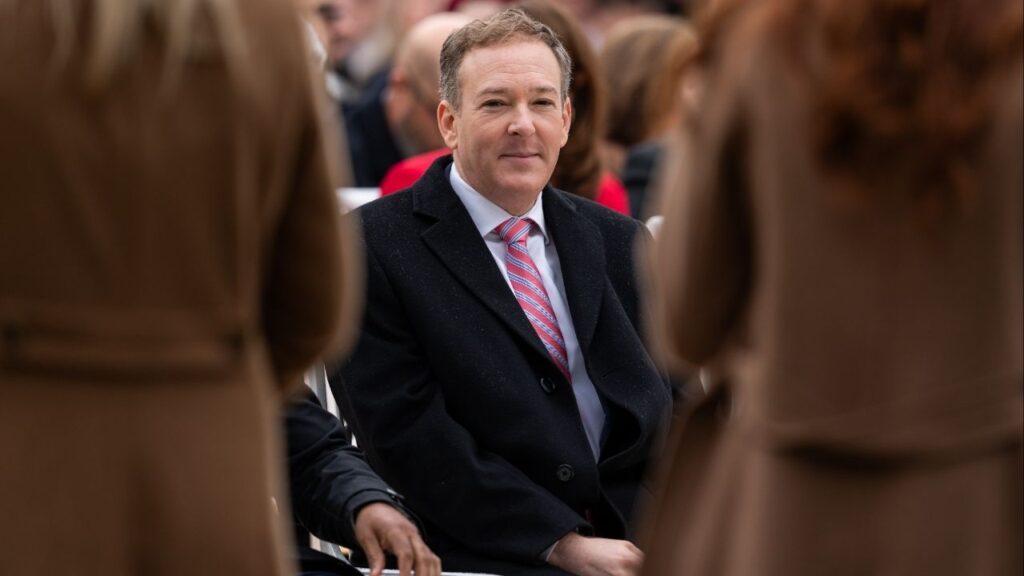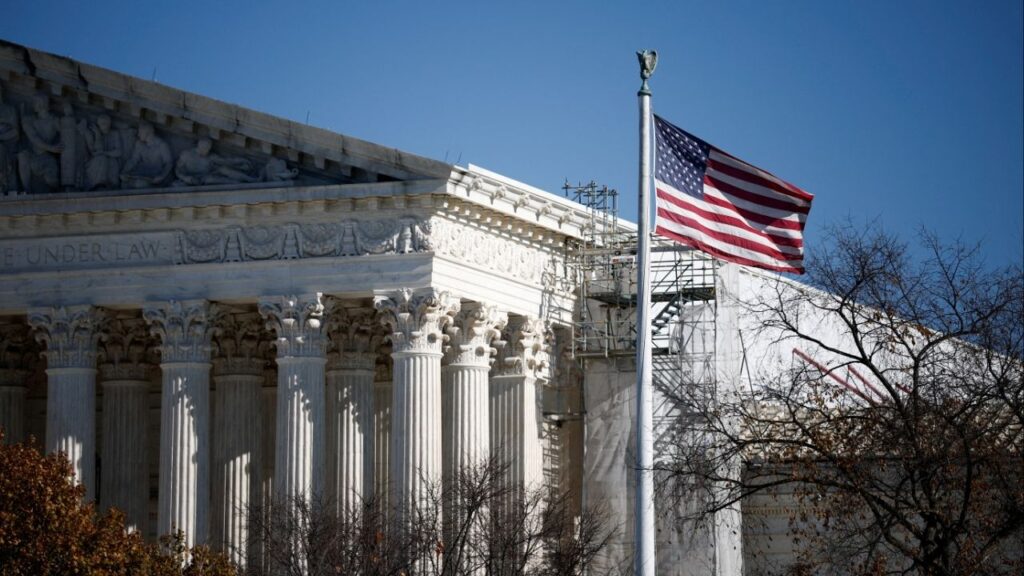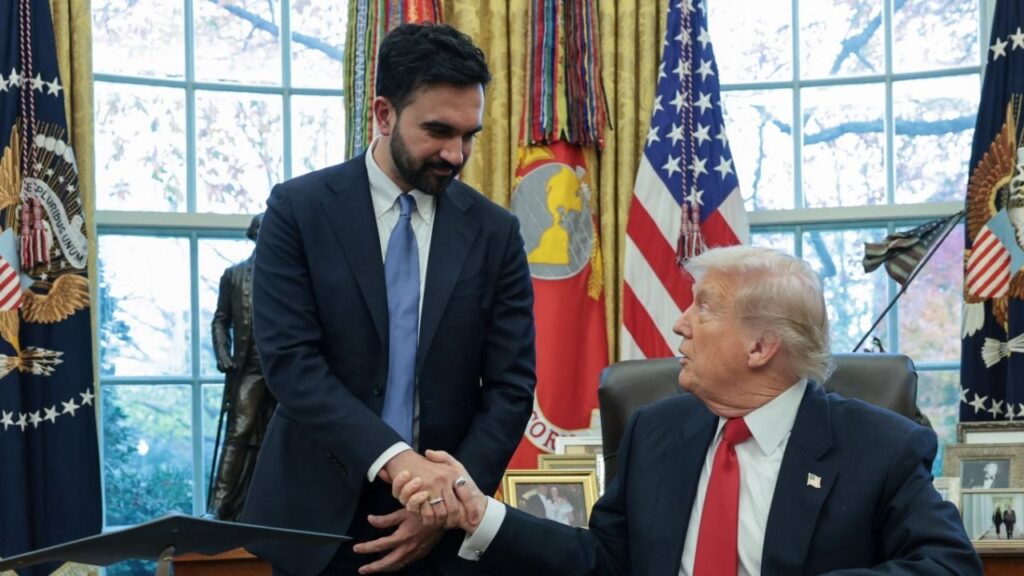Share
As of late fall, wildfires are still smoldering under snowfall in Colorado. I am hoping that the cold and snowy weather over the last few days will finally put to bed the 2020 fire season in my state. Through much of October, great pillars of smoke rose in the sky and ash rained down from at least four major fall wildfires, affecting millions in the urban corridors east of the Rocky Mountains.
October wildfires are rare in Colorado, especially large ones that burn more than 1,000 acres. Only about a dozen that size have burned since 1984, out of 335 in the state over that period.
This fall’s major blazes are a signal of climate change in the here and now. And they’re not the only such evidence in a record hot and dry 2020 fire season, where states across the West are still putting out hot spots and mopping up the blazes.
Wildfires have shaped the Earth for hundreds of millions of years and play key roles in many of its ecosystems. And humans have used fire for landscape management for millennia. But we are just starting to understand our modern relationship with fire. As a fire scientist based in the West, I see reason for hope. By making changes now, I believe that we can help shape the types of fire we live with in the future.
Pathways to Living With More Fire
More than 8.7 million acres – an area larger than the state of Maryland – have burned across the U.S. just in 2020. Tens of millions of people have suffered from the resulting toxic smoke. Hundreds of thousands have been forced to evacuate in the midst of the COVID-19 pandemic. Thousands of homes have burned to the ground, and dozens of people have lost their lives.
The science is clear: Earth’s warming climate has doubled the area in western U.S. forests that has burned since the 1980s. And this increase comes at a high price. The most devastating wildfires have caused US$76 billion in damage since 1980, with most of those losses occurring in the past 20 years. And the 2020 fire season isn’t over yet.
Fire is responding quickly to climate change, so humans need to respond faster. Based on my own research and work by others, here are six pathways that I believe will help the U.S. get ahead of its wildfire crisis.
– Build better. Across the U.S., tens of millions of homes have been built in the wildland-urban interface, where development runs up against forests, shrublands and grasslands. These communities need to retrofit flammable homes and build new ones that are fire-resistant.
Mapping zones where fire is likely in a changing climate is critical. Just as the Federal Emergency Management Agency produces maps of flood-prone areas, the U.S. needs national firescape maps, coupled with national policies to guide development and insurance decisions.
Congress passed an omnibus bill in 2018 that mandated wildfire hazard potential mapping, but this effort will require concerted scientific support and funding. The maps should incorporate how warming temperatures affect the likelihood of wildfires, and should tie into a national program that directs development out of harm’s way.
– Emphasize backyard management. Local communities and federal and state land management agencies should focus on reducing flammable trees and brush near where people live. Mechanical removal, raking and logging in the middle of the woods to reduce fire risk is way too expensive and ineffective. It would cost billions of dollars to clean up 150 million dead trees in California.
There’s also a need for more research on how homes ignite and how fire progresses through neighborhoods. The U.S. has had mandatory fire codes for over a century to limit fires indoors and protect occupants. Today we need similar measures for outdoor areas around homes.
– Bring Smokey Bear to the suburbs. Many human activities bring fire. Virtually all of the wildfires that threaten homes anywhere in the lower 48 states are started by human actions, either deliberate or accidental.
For decades the U.S. Forest Service’s Smokey Bear public education campaign taught Americans that “Only you can prevent forest fires.” Today there’s a need to raise awareness of how daily activities, from camping to setting off fireworks or operating yard equipment, can generate sparks. Power lines, which can blow over during extreme weather conditions and start deadly wildfires, should be a major focus.
– Use fire to fight fire. Studies show that the U.S. is not setting enough prescribed fires to reduce flammable materials on the ground, especially in western states.
The only federal agency that has been able to increase prescribed burning in the past two decades is the Bureau of Indian Affairs. This may reflect growing recognition that Native American burning practices offer a model for fire-prone communities. Science-informed policies to delineate when and where to implement prescribed burning could help agencies manage smoke more effectively and support ecosystem restoration.
– Understand whom wildfires harm most. A 2018 study estimated that 12 million socially vulnerable Americans who are poorly equipped to respond to fire due to low incomes, language barriers or other factors live in areas where there is substantial wildfire potential.
Further, people of color, based on majority Black, Hispanic or Native American census tracts, may be more vulnerable than others. This disparity makes it urgent to better pinpoint whose lungs and homes are in harm’s way, who receives and acts on evacuation notices, and how well fuel treatments and firefighting protect the most vulnerable communities. Answering these questions would help to reduce disproportionate wildfire risks borne by vulnerable communities.
– Stop fixating on “megafires” and “gigafires.” Big fires matter for smoke, small fires matter for homes and fast-moving fires matter for lives. There are better ways to delineate why wildfires matter to society.
New sources ranging from satellites to government records to social media are providing a wealth of opportunities to learn more about wildfire behavior and how it threatens people and affects ecosystems. These data could be linked with information on why fires are becoming so costly, damaging and deadly, leading to astronomical fire suppression budgets.
The U.S. spends over $2 billion on average fighting wildfires every year. I believe it’s time to abandon our emergency response mindset and start investing in proactive measures to reduce risks. In my view, we will never get ahead of the threat without a better understanding of how to manage flammable landscapes and adapt to increasing wildfire threats.
By Jennifer Balch, University of Colorado Boulder
(The Conversation is an independent and nonprofit source of news, analysis and commentary from academic experts.)
This article is republished from The Conversation under a Creative Commons license. Read the original article here: https://theconversation.com/well-see-more-fire-seasons-like-2020-heres-a-strategy-for-managing-our-nations-flammable-landscapes-149323.
RELATED TOPICS:
Categories

MAHA Activists Urge Trump to Fire His EPA Administrator

Meta Strikes Multiple AI Deals With News Publishers

















